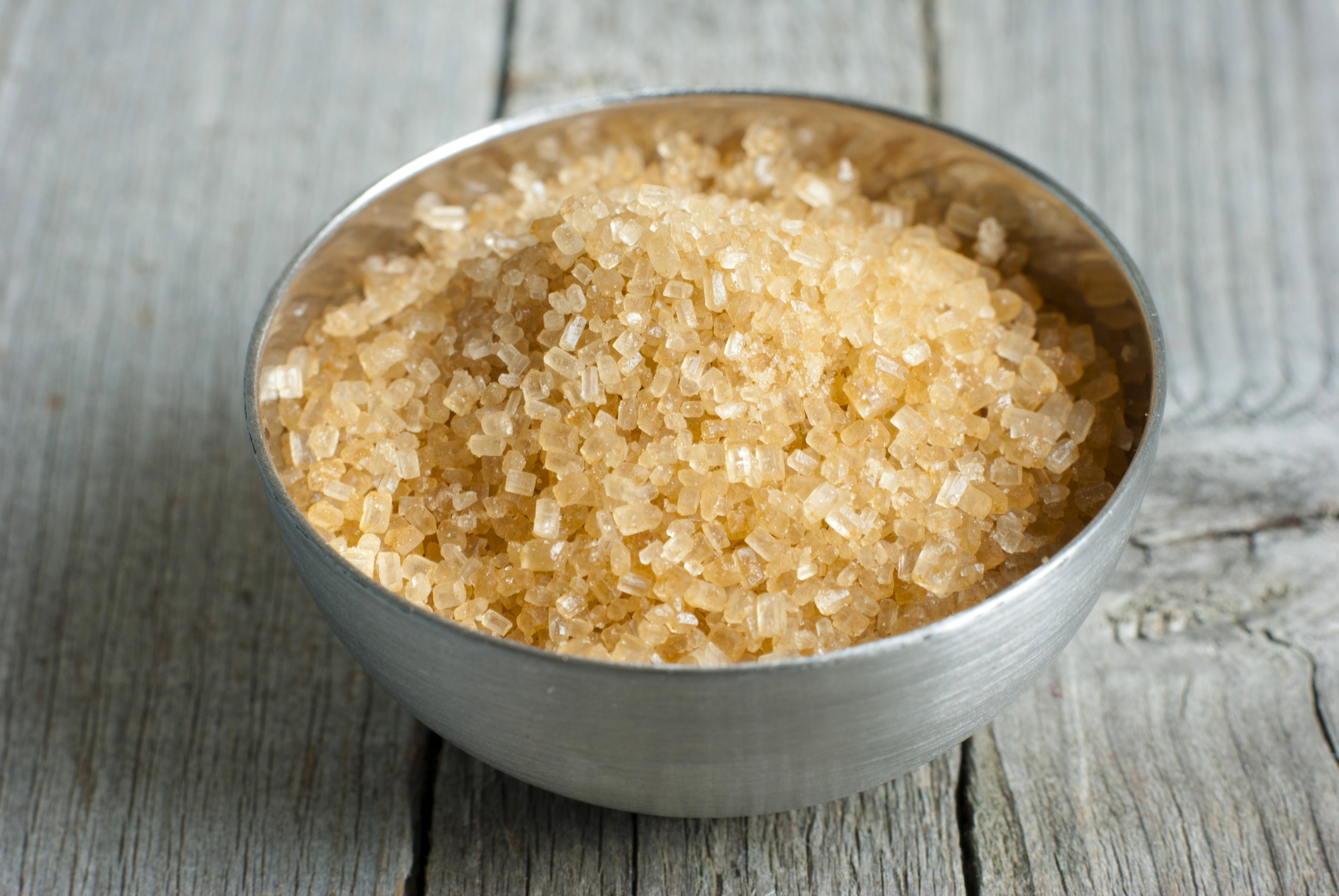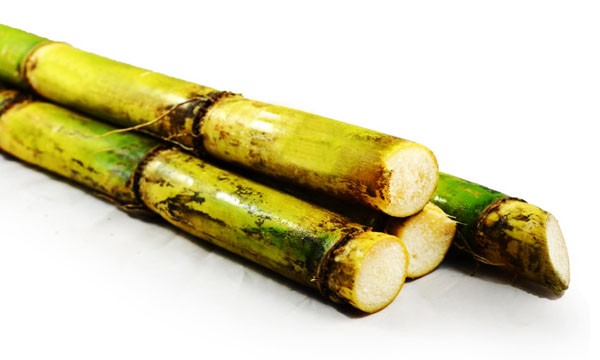Cane Sugar Processing: Cutting-edge Strategies for Top Quality Manufacturing
Cane Sugar Processing: Cutting-edge Strategies for Top Quality Manufacturing
Blog Article
Checking Out the Comprehensive Steps Included in Walking Cane Sugar Processing From Harvesting to Refinement
The procedure of cane sugar production incorporates a series of intricate actions, beginning with the cautious harvesting of sugarcane and culminating in the improvement phases that ensure the final product fulfills market criteria. Each stage, from the removal of juice to the purification and condensation processes, plays a critical function in determining the high quality and character of the sugar. Comprehending these stages not only highlights the intricacy of sugar production however also elevates crucial questions concerning effectiveness, sustainability, and innovation in the sector. What effects do these elements have for future methods?
Gathering Sugarcane
Collecting sugarcane is a critical action in the walking cane sugar processing chain, as it straight affects the top quality and yield of the end product. Appropriate timing and methods are important during this phase to ensure optimal sugar content and minimize losses. Usually, sugarcane is gathered when it reaches maturation, generally 12 to 18 months after planting, identified by a high sucrose concentration.

Post-harvest, the sugarcane has to be refined swiftly to stop sucrose deterioration. Ideally, gathered walking stick must be moved to refining centers within 24-hour to preserve sugar top quality. Consequently, reliable logistical planning is critical to preserve the stability of the harvested plant throughout the supply chain.
Extraction Process

The crushed cane is subjected to a series of pressing operations to make the most of juice healing. Commonly, warm water is sprayed onto the smashed cane, developing a countercurrent circulation that assists dissolve the sugar while also assisting in the removal process. The juice collected from this operation contains not just sugar however also different natural substances and contaminations.

To boost removal effectiveness, some centers may use diffusion approaches, where the sugarcane is saturated in warm water, permitting the soluble sugars to diffuse into the liquid. The resulting juice, rich in sucrose, is after that directed to subsequent processing stages, laying the foundation for purification and refinement. The extraction process is therefore critical in figuring out the top quality and yield of the last sugar item.
Filtration Methods
The filtration strategies utilized in walking stick sugar handling are necessary for changing the raw juice right into a top quality sugar product. These approaches primarily intend to get rid of contaminations, such as soil, plant materials, and inorganic materials, which can negatively impact the last item's taste and color.
This procedure entails including lime and warmth to the raw juice, which promotes the coagulation of pollutants. Furthermore, the use of phosphoric acid can enhance the explanation process by further binding pollutants.
One more substantial strategy is carbonatation, where co2 is presented to the cleared up juice. This response generates calcium carbonate, which catches staying pollutants and advertises their removal.
Moreover, activated carbon therapy may be related to adsorb any staying colorants and natural pollutants, ensuring an extra polished item. The combination of these techniques efficiently prepares the sugar juice for succeeding steps in the refining process, establishing the stage for the manufacturing of top notch cane sugar.
Formation Approaches
After the filtration stage, the following critical action in walking cane sugar handling involves condensation techniques, which play a pivotal duty in transforming the made clear juice right into strong sugar. This process usually uses two main techniques: spontaneous formation and regulated condensation.
In spontaneous condensation, supersaturated sugar solutions are permitted to cool down naturally, bring about the development of sugar crystals with time. This technique is easier yet might lead to uneven crystal sizes and lower purity degrees. On the various other hand, regulated crystallization is here are the findings a more precise method where focus, seeding, and temperature representatives are meticulously managed. This approach permits the consistent development of sugar crystals and higher purity.
During crystallization, the clarified juice is focused through evaporation, raising its sugar material until it reaches supersaturation. When this point is achieved, either method can help with the crystallization procedure. Cane Sugar Processing. The resultant sugar crystals are then separated from the staying syrup with centrifugation
Ultimately, the choice of formation approach impacts the high quality, dimension, and purity of the final sugar product, making this step necessary in the total walking stick sugar processing treatment.
Improvement and Product Packaging
Exactly how can the purity and high quality of walking stick sugar be better enhanced after condensation? The refinement process plays an important duty in attaining high-grade walking cane sugar. Complying with formation, sugar undertakes an extensive cleaning to eliminate contaminations and residual molasses. This is generally accomplished using warm water or heavy steam, which helps dissolve and extract undesirable aspects while protecting the sugar crystals.
Following, the sugar is subjected to a process called centrifugation, where it is rotated at high rates to divide the purified sugar read here crystals from the remaining fluid. After centrifugation, the sugar is commonly further fine-tuned via a technique called carbonization or phosphatation, which utilizes triggered carbon or phosphoric acid to get rid of color and off-flavors.
When fine-tuned, the sugar is dried out to accomplish the desired dampness web content, guaranteeing that it stays steady during storage and transport. The last step includes product packaging the polished sugar in closed and moisture-proof containers to keep its high quality and protect against contamination. Cane Sugar Processing. Correct packaging not just expands service life but also assists in easy handling and circulation, making sure that consumers get sugar that satisfies the highest possible standards of pureness and high quality
Conclusion
The thorough actions associated with walking cane sugar handling, from the careful harvesting of sugarcane to the complex improvement and product packaging stages, underscore the relevance of each phase in ensuring high-quality sugar production. Ideal harvesting techniques, efficient removal approaches, and rigorous purification processes jointly contribute to the end product's purity and stability. The condensation and subsequent product packaging methods even more enhance the stability and shelf life of the sugar, highlighting the complexity and accuracy inherent in this necessary farming market.
The process of walking stick sugar production encompasses a series of elaborate steps, beginning with the cautious harvesting of sugarcane and finishing in the refinement stages that guarantee the final item fulfills sector standards. Preferably, collected walking cane ought to be transferred to processing centers within 24 hours to maintain sugar top quality.In spontaneous formation, supersaturated sugar remedies are permitted to cool naturally, leading to webpage the formation of sugar crystals over time - Cane Sugar Processing. The improvement procedure plays a crucial role in attaining high-grade cane sugar.The thorough steps entailed in cane sugar handling, from the meticulous harvesting of sugarcane to the complex refinement and packaging stages, highlight the relevance of each stage in guaranteeing high-quality sugar manufacturing
Report this page